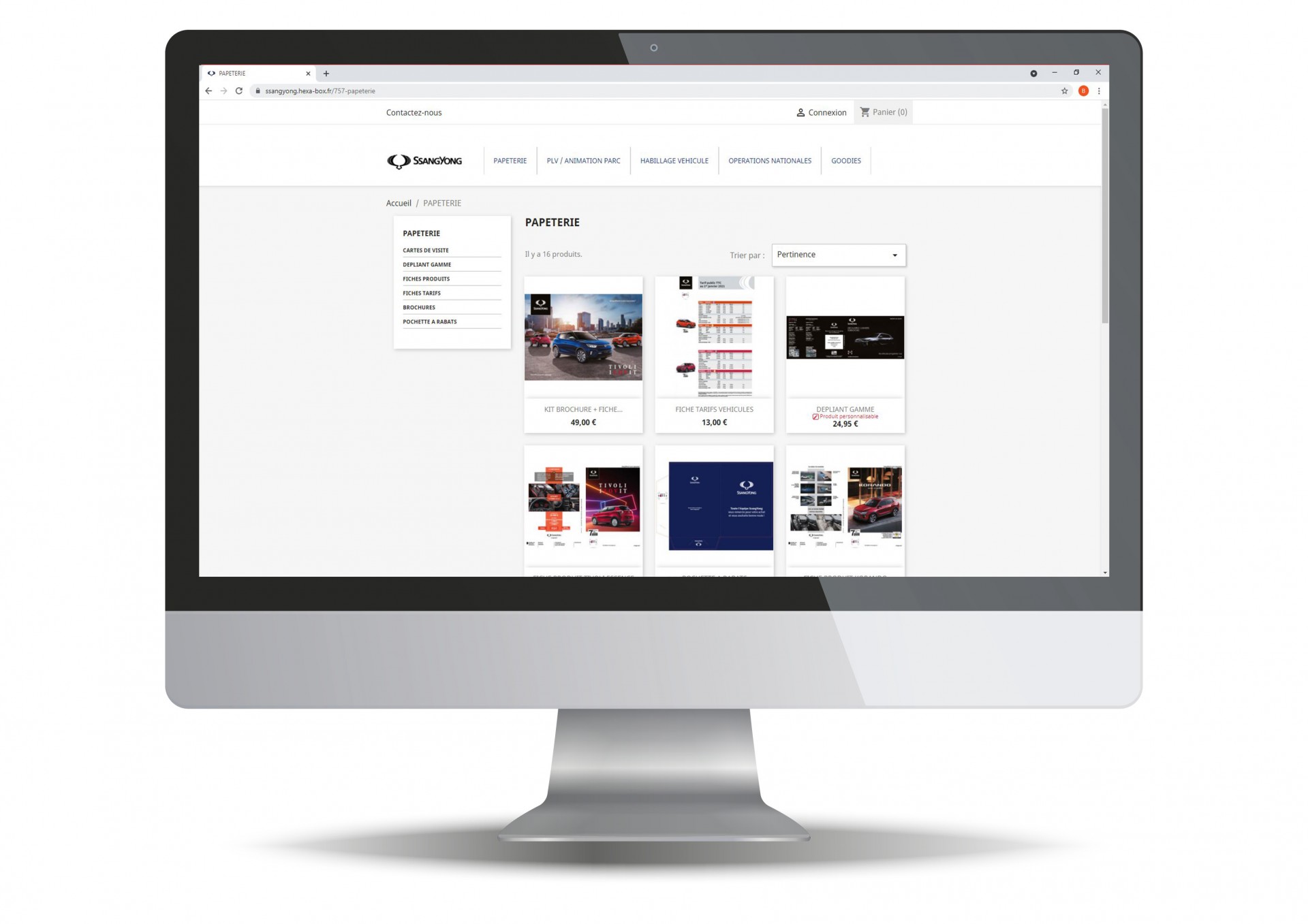Web-Based Printing Software: Transforming the Printing Business

This print industry has undergone substantial transformations over the past several decades, and the arrival of web-to-print solutions is among of the most groundbreaking developments to date. Such advanced solution connects the gap between traditional printing methods and the digital landscape, enabling companies to streamline their operations, improve customer experiences, and offer a notable degree of customization. As the need for customized products has grown, web-to-printing technologies have emerged as a vital tool for printing businesses and organizations looking to remain competitive in an ever more digital marketplace.
In this detailed overview, we will discuss what web-to-printing software is, how it is reshaping the printing sector, and the numerous advantages it brings to print shops and businesses alike. From improving Web2Print Management Software and workflow to facilitating e-commerce connections, web-to-print technologies are proving essential for success in the current fast-paced business landscape. We will also examine key aspects to think about when selecting the appropriate web-to-printing solution, as well as the effect of emerging technologies like AI and ML on the future of this dynamic industry. ## Understanding Web-to-Print Platforms
W2P software represents a electronic system which permits organizations and printing services to offer printing solutions over the internet. This technology delivers a platform for customers to create, customize, and request printed materials straight using the online channel. By taking advantage of this software, print providers can enhance workflows and boost their service offerings, making it easier for users to access printing solutions from any place at any moment.
One of the key features of web-to-print system is its user-friendly design, that allows clients to customize and personalize items such as leaflets, business cards, and signs. This level of personalization facilitates a personalized customer experience, in which customers can add their designs or select templates to generate professional-looking materials without requiring expert graphic design knowledge. As a outcome, customers are empowered to take charge of their print projects, which leads to increased happiness and devotion.
Furthermore, W2P solutions contain features that notably enhance order management and operation effectiveness. Such systems support simplify tasks such as approval processes, processing orders, and stock control, decreasing the chance for inaccuracies and enhancing response times. By enhancing business workflows, printing services can respond more effectively to customer demands, respond to shifts in the market, and employ analytics to make informed decisions, ultimately positioning themselves for development in the transforming printing environment.
Benefits and Efficiency of Web-to-Print Systems
Web-to-print solutions offer major benefits for print shops and companies by optimizing operations and enhancing customer engagement. One of the main benefits is the efficiency gained in handling orders. With a centralized online platform, customers can quickly place orders, customize products, and upload designs without the need for direct interaction with print shop staff. This do-it-yourself capability not only speeds up the order process but also reduces the burden on employees, allowing them to focus on higher-level tasks.
In addition to improving order management, web-to-print software increases overall productivity by streamlining various aspects of the printing process. Capabilities such as instant quote generation, order tracking, and inventory management reduce the chances of human error and enhance production times. As a result, print shops can manage a greater volume of orders without compromising quality, ultimately leading to higher profitability.
Additionally, the combination of web-to-print solutions with online shopping systems enhances the customer experience significantly. Customers can access a wide range of customizable products with ease, making it possible to create custom prints that cater to their individual needs. This degree of customization promotes customer loyalty and drives repeat business, ensuring that print shops stay competitive in a rapidly evolving industry.
Future Trends in Web-to-Print Solutions
The future of web-to-print technology is significantly shaped by the rise of artificial intelligence and ML. As these technologies advance, they enable increasingly personalized and effective printing solutions. Print shops can harness AI to analyze customer data and preferences, allowing for tailored offerings that meet specific needs. This customization not only enhances customer satisfaction but also boosts sales by presenting customers with pertinent products that resonate with their unique tastes.
Another notable trend is the integration of cloud computing solutions which offer increased flexibility and scalability. As businesses continue to shift towards telecommuting operations, cloud-based web-to-print systems allow print shops to manage orders and workflows from any location, simplifying processes and improving response times. This transition towards the cloud also enables simpler collaboration between groups, clients, and suppliers, overcoming geographical barriers and fostering innovation in how print services are delivered.
Eco-friendliness remains a critical focus for the printing industry, with web-to-print technologies playing a crucial role in supporting green practices. Solutions that incorporate eco-friendly materials and waste minimization processes will become more common as both consumers and businesses demand environmentally conscious practices. By leveraging web-to-print technology, print shops can not only reduce their ecological footprint but also attract a customer base that values sustainability, positioning themselves at the forefront of industry advancement.

